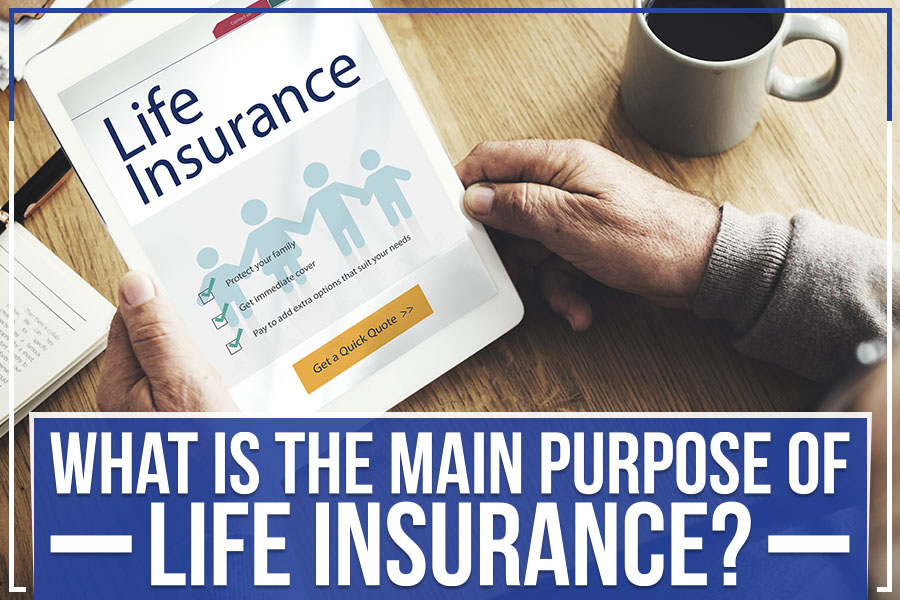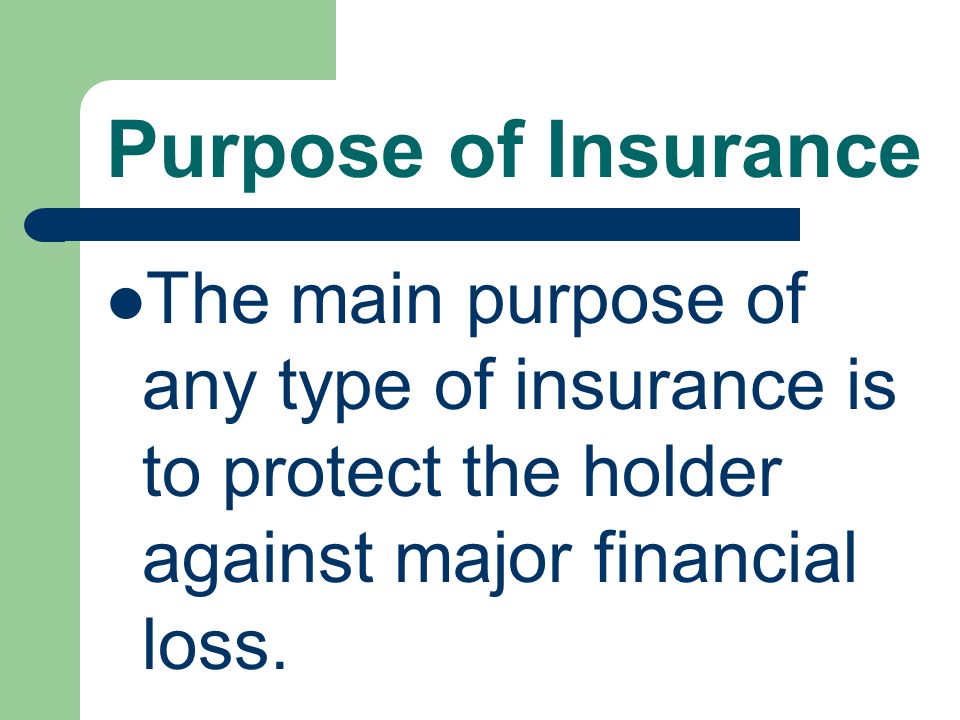The Pacific Prime PDFs
The Pacific Prime PDFs
Blog Article
The 10-Second Trick For Pacific Prime
Table of ContentsThe 8-Second Trick For Pacific Prime5 Simple Techniques For Pacific PrimeSome Known Questions About Pacific Prime.See This Report on Pacific PrimeThe Greatest Guide To Pacific Prime

This is since the information were collected for a duration of solid economic performance. Of the approximated 42 million people that were uninsured, all yet about 420,000 (concerning 1 percent) were under 65 years of age, the age at which most Americans end up being eligible for Medicare; 32 million were adults in between ages 18 and 65, about 19 percent of all adults in this age team; and 10 million were kids under 18 years old, regarding 13.9 percent of all children (Mills, 2000).
These price quotes of the number of persons without insurance are created from the yearly March Supplement to the Current Populace Study (CPS), performed by the Demographics Bureau. Unless or else noted, nationwide estimates of people without health and wellness insurance coverage and proportions of the population with various kinds of protection are based upon the CPS, one of the most extensively used source of estimates of insurance coverage and uninsurance rates.
Pacific Prime - Truths

Still, the CPS is specifically valuable since it creates annual estimates relatively quickly, reporting the previous year's insurance policy protection estimates each September, and because it is the basis for a regular collection of quotes for more than two decades, enabling for analysis of trends in insurance coverage gradually. For these reasons, as well as the extensive use the CPS in other studies of insurance policy coverage that are presented in this record, we count on CPS quotes, with limitations noted.

The estimate of the number of without insurance people broadens when a population's insurance coverage status is tracked for a number of years. Over a three-year period beginning early in 1993, 72 million individuals, 29 percent of the U.S. https://penzu.com/p/79996ae8dade0171. population, lacked protection for a minimum of one month. Within a solitary year (1994 ), 53 million individuals experienced at least a month without insurance coverage (Bennefield, 1998a)
6 out of every 10 uninsured adults are themselves used. Although functioning does enhance the possibility that one and one's household participants will certainly have insurance policy, it is not a guarantee. Even participants of households with 2 full-time breadwinner have practically a one-in-ten opportunity of being uninsured (9.1 percent without insurance rate) (Hoffman and Pohl, 2000).
Getting My Pacific Prime To Work
New immigrants make up a considerable percentage of individuals without health insurance policy. One analysis has connected a significant part of the recent growth in the dimension of the U.S. uninsured population to immigrants that got here in the nation in between 1994 and 1998 (Camarota and Edwards, 2000). Recent immigrants (those who pertained to the USA within the past four years) do have a high rate of being without insurance (46 percent), but they and their youngsters represent just 6 percent of those without insurance coverage nationally (Holahan et al., 2001).
The connection in between health insurance and accessibility to care is well established, as documented later on in this phase. The relationship in between wellness insurance policy and health and wellness results is neither direct nor simple, an extensive clinical and wellness solutions research literary works web links health and wellness insurance coverage to better access to care, better quality, and improved individual and populace health and wellness condition.
Levels of evaluation for examining the effects see post of uninsurance. This discussion of wellness insurance policy coverage focuses mainly on the united state populace under age 65 due to the fact that basically all Americans 65 and older have Medicare or various other public protection. It concentrates particularly on those without any type of health insurance coverage for any size of time.
Get This Report on Pacific Prime
The troubles encountered by the underinsured are in some areas comparable to those faced by the uninsured, although they are generally less extreme. Health insurance coverage, nonetheless, is neither needed neither enough to get accessibility to clinical solutions. The independent and direct effect of health insurance coverage on accessibility to wellness solutions is well developed.
Others will obtain the healthcare they require even without medical insurance, by paying for it out of pocket or seeking it from service providers that provide care cost-free or at extremely subsidized prices. For still others, medical insurance alone does not make sure receipt of care due to the fact that of other nonfinancial obstacles, such as a lack of health care suppliers in their area, limited accessibility to transportation, illiteracy, or linguistic and social differences.
Some Known Details About Pacific Prime
Official study concerning without insurance populations in the United States dates to the late 1920s and early 1930s when the Committee on the Expense of Healthcare generated a series of reports regarding funding medical professional office sees and hospitalizations. This issue came to be prominent as the varieties of clinically indigent climbed up during the Great Clinical depression.
Report this page